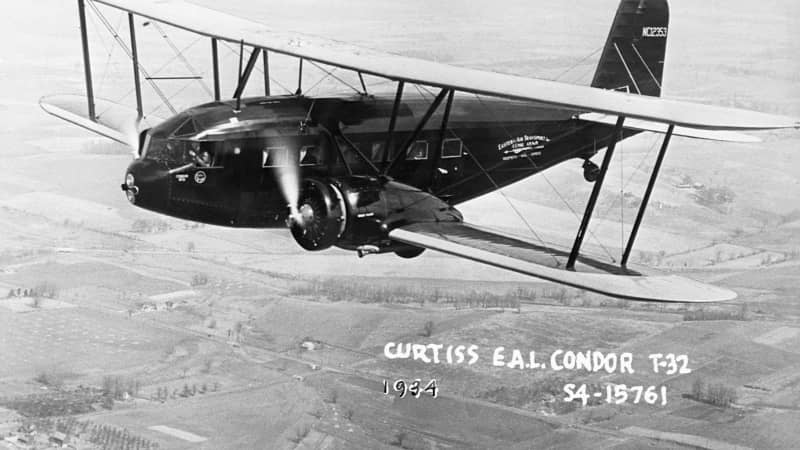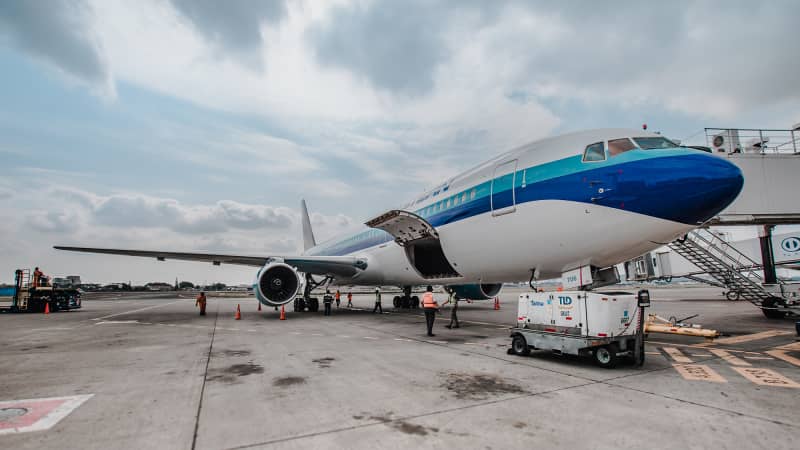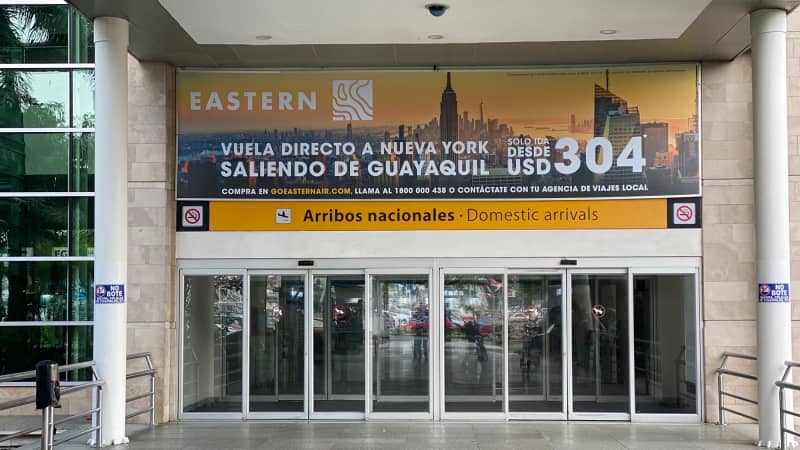(CNN) — Some airline brands die forever. Others, it seems, go into suspended animation, waiting to be reborn when the time’s right to take to the skies once again.
Which is why, on January 12, a Boeing 767-300ER touched down on the runway at New York’s JFK airport, bringing with it a US brand name that had vanished several years earlier.
Miami-based Eastern Airlines’ inaugural flight to New York from the Ecuadorian city of Guayaquil was the first flight to carry the once legendary Eastern name since the failure of the two earlier airlines — the first in 1991 and the second short-lived iteration in 2017.
The flight took some in the aviation industry by surprise, not least because they considered Eastern an unlikely brand to come back from the dead, given the original’s troubled final years.
The new airline has made upbeat claims that its mission is to provide flights to what it believes are “under-served” areas — that currently includes its service to Guayaquil, Ecuador’s second-largest city, and one to Georgetown, the capital of Guyana.
Steve Harfst, Eastern Airlines president and CEO, is optimistic about both the airline and its name, saying “people remember [it].” It’s “a powerful name.”
But what exactly do people remember?
Is it “the successful story?” asks aviation expert Ahmed Abdelghany. Or the airline’s “failure in the late ’80s?”
What’s in a name?

Eastern Airlines launched January 12, 2020.
From Facebook
Abdelghany, associate dean of research at Embry-Riddle Aeronautical University in Daytona, Florida, isn’t convinced adopting the name Eastern in any capacity — in spite of a new logo, design and more — is a useful marketing strategy.
After all, many US and Latin American travelers probably have never even heard of the airline — much less flown on one of its airplanes.
Harfst accepts this reality but isn’t fazed, especially as he insists: “We’re not trying to be the old Eastern.”
The original Eastern sprang to life in 1926 as Eastern Air Lines — note that extra space in the name — when the aviation industry was still in its swashbuckling days. Several smaller operations merged to create an operation that initially flew mail routes but evolved into a passenger service before the advent of jet planes.
It eventually became a major US domestic aviation player. In contrast to the tiny 2020 version, it grew to command a sizable fleet of aircraft and employed thousands of people.
With a heyday that coincided with the 1940s and ’50s golden age of air travel, Eastern could perhaps be viewed through the prism of those fondly recalled times.
The troubled years
But, says F. Robert van der Linden, curator of air transportation and special purpose aircraft at the Smithsonian Institution in Washington, DC, the myriad ways the carrier was plagued throughout the last 10 to 15 years of its existence are more likely to define its legacy.
Linden cites labor troubles and a litany of management issues the company was ultimately unable to resolve.
“People don’t necessarily have happy memories of it,” Linden says.
Safety-wise, Linden notes, the original Eastern airline was fine. But dogged by profitability and leadership issues, it began to falter just as US carrier Delta was expanding its share of the market.

This Curtiss-Wright Condor T-32 passenger transport aircraft used by Eastern Air Lines in 1934.
Museum of Flight Foundation/Getty Images
As carriers began adding international routes to their offerings, some of the domestic demand which once cemented Eastern Air Lines as a major player in the competitive skies decreased, Abdelghany explains.
A brief venture into West Coast flights did nothing to help the struggling airline. Eastern’s second coming in 2015 fared little better, ending just 18 months later and releasing the name for licensing by the new operation.
In with the new
The new Eastern’s inaugural flight from Guayaquil to JFK, on the other hand, took off without a hitch. In Ecuador, a ribbon-cutting and announcement signified the launch, but there was little else in the way of ceremony.
The apparently minimalist approach to advertising concerns some, including Linden.
“You do have to advertise,” he says, adding that he hadn’t even heard about the new airline’s launch until CNN Travel contacted him for comment.
“One of the hardest things on this planet is starting a new airline,” Linden says.
Razor-thin profit margins, competition and demand that changes by the day are all considerable barriers. Plus, there’s staffing and design and reliability — all key pieces in an airline’s big-picture success.
An underwhelming debut

The newly launched Eastern Airlines aims to appeal to budget-conscious passengers who have flexibility in their travel plans.
Courtesy Eastern Airlines
So far, publicity for the new airline has been negative.
Eastern CEO Harfst says he’s aware of a harsh criticism following an imperfect debut return flight from JFK to Guayaquil. While the inaugural flight left on time and arrived early, the same could not be said of the reverse route.

CEO Steve Harfst says Eastern Airlines’ flight attendants are citizens of the markets the airline serves.
Courtesy of Eastern Airlines
The list of grievances also included no online check-in, lack of signage at the airport, no TSA pre-check, no celebratory speech about the launch, significant delays and a lack of communication around them, a stale-looking cabin and untrained flight attendants.
Acknowledging the delays and saying there’s work to do, Harfst disputes the claim that Spanish speakers were nowhere to be found. “All of our flight attendants are citizens of the markets we serve,” he said.
He insisted Eastern’s service would thrive on demand for a low price point carrier at a time when airlines are limiting baggage allowances and/or charging high fees for additional baggage. Eastern isn’t levying extra charges for its standard luggage allowance.
“We’re trying to provide a compelling reason for Ecuadorians to visit New York … We believe our wide body, long-range aircraft has an advantage over the smaller aircrafts,” Harfst says.
Despite the airline’s underwhelming debut, marketing manager, Gabi Harfst — the CEO’s daughter — said it would soon be carving a more distinctive identity, telling CNN Travel: “Eastern will unveil its new, modern livery in the next few months.”
The airline is also expected to soon announce new connections to South American markets.
Prices on its initial route are cheap. A search on ticket prices reveal Eastern is is undercutting rival budget carrier JetBlue by nearly $200.
Abdelghany views Eastern’s arrival with skepticism, calling it a “very risky business model” because of tough competition.
Linden also warns of tough business hurdles and says the markets Eastern aims to capitalize on aren’t as underserved as its CEO believes.
It’s “capitalism” plain and simple, Linden says. “I won’t say it’s cruel, but it can be. Win big, lose big.”
